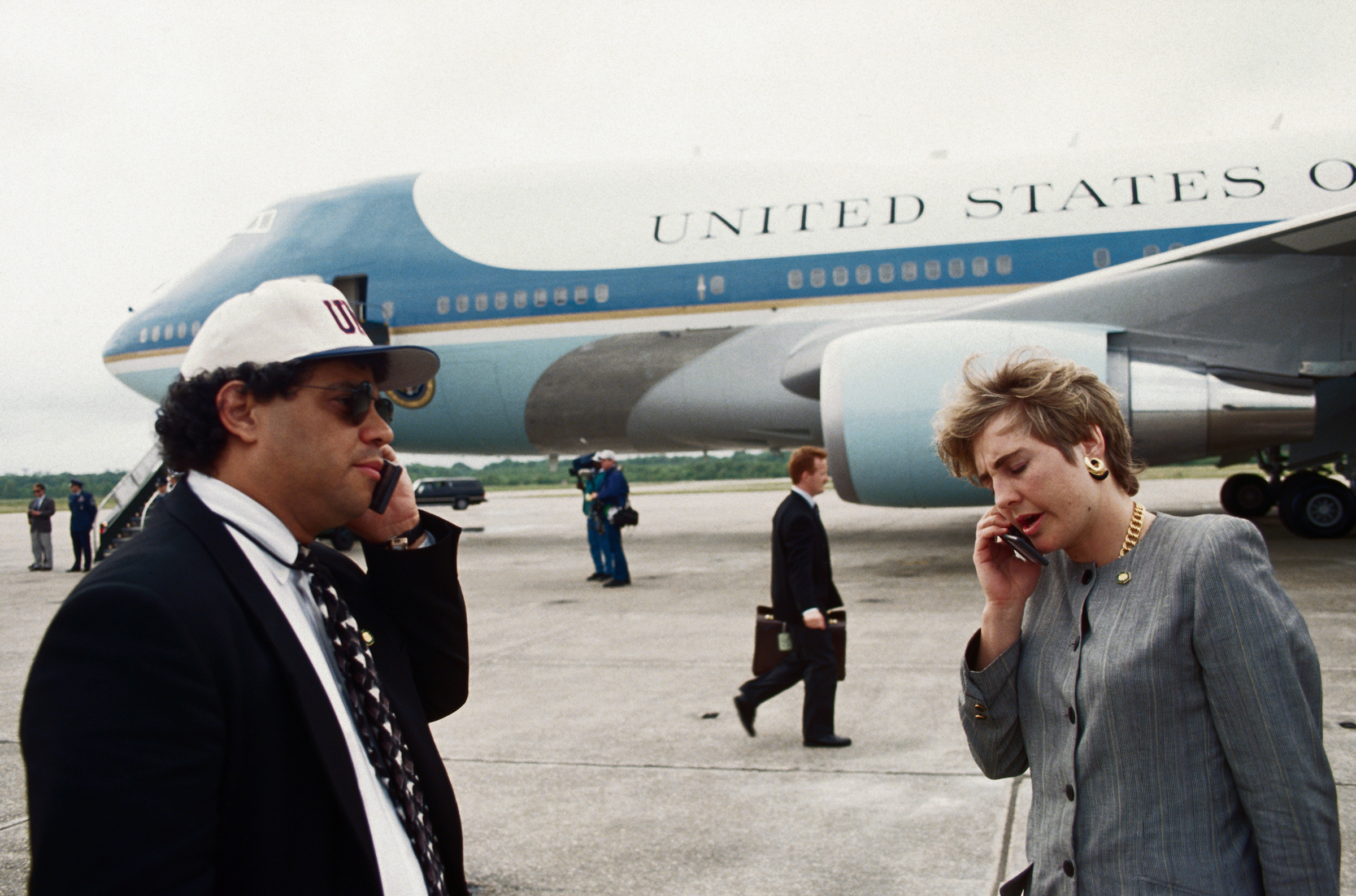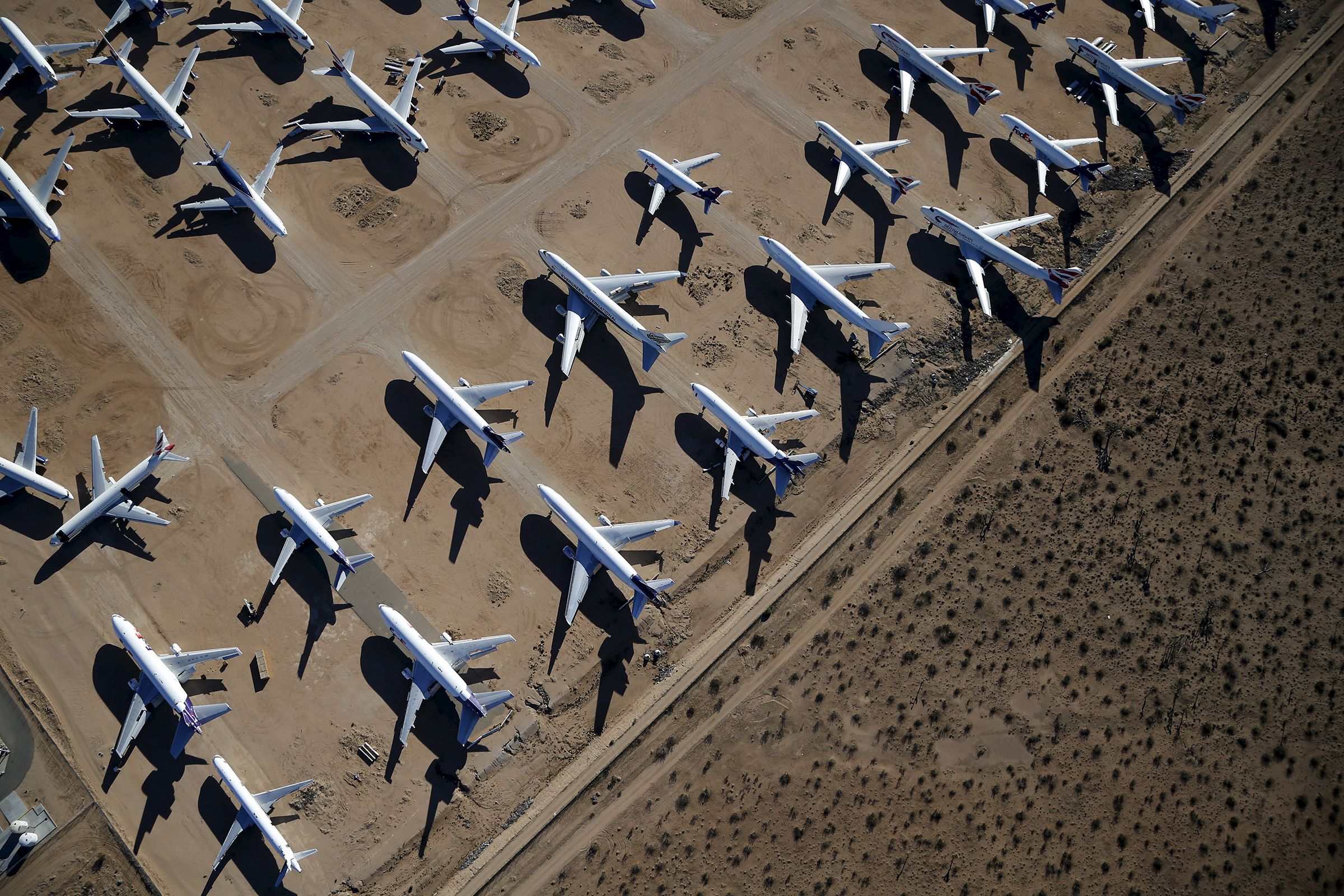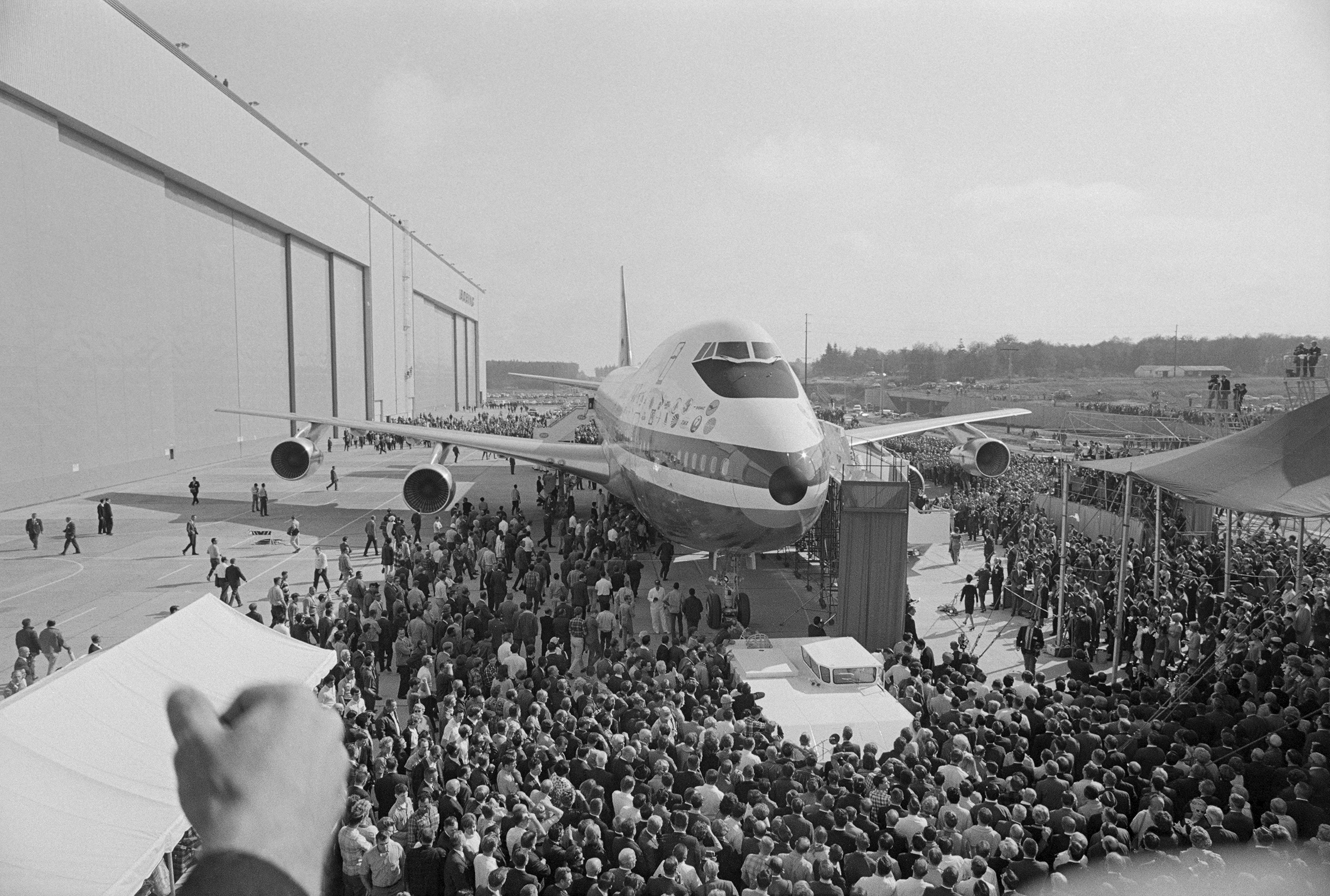The last new Boeing 747 left the company’s factory on Tuesday, marking the end of an era for the iconic airplane that captured the world’s attention and brought more affordable air travel to millions of passengers.
With its impressive size and graceful appearance, the 747, known as the “Queen of the Skies,” has been one of the most recognizable and versatile aircraft since its first flight in 1969. It transported NASA’s space shuttles and was the base for the U.S. president’s Air Force One aircraft, making the 747 a symbol of American innovation.
The dependable four-engine plane revolutionized the aviation industry and the air travel experience itself by carrying up to 500 passengers in a single trip, creating a more spacious and comfortable cabin and allowing airlines to offer long-haul tickets at a lower cost.
But despite its popularity, by the 2010s the world began to shift toward more efficient and smaller two-engine airplanes that could fly longer distances. These planes made it possible for airlines to offer direct international routes between smaller cities due to their more compact size.
Boeing introduced a more advanced two-engine 777 aircraft in the mid-90s, and faced heightened competition a decade later from the bigger Airbus A380, which could seat 250 more passengers. Demand for the 747 dropped, except for cargo operations. In the early 2010s, Boeing introduced the final model, the 747-8, which included around 50 passenger configurations and over 100 cargo configurations.
While some airlines continue to use the plane for passenger flights, the 747 will likely be phased out for most passenger routes and used primarily for delivering cargo. The final 747 produced was handed over to Atlas Air, which offers airplanes and crews for both cargo and passenger operations. It will be chartered by Kuehne+Nagel, a transport company and an Atlas customer, for use by its subsidiary, Apex Logistics.
But the awe-inspiring legacy of the iconic aircraft will continue: the 747 planes will still be used as Air Force One for years to come. Replacements for the current Air Force One aircraft are being built using Boeing 747-8 frames.









More Must-Reads from TIME
- Cybersecurity Experts Are Sounding the Alarm on DOGE
- Meet the 2025 Women of the Year
- The Harsh Truth About Disability Inclusion
- Why Do More Young Adults Have Cancer?
- Colman Domingo Leads With Radical Love
- How to Get Better at Doing Things Alone
- Michelle Zauner Stares Down the Darkness
Write to Nik Popli at nik.popli@time.com
